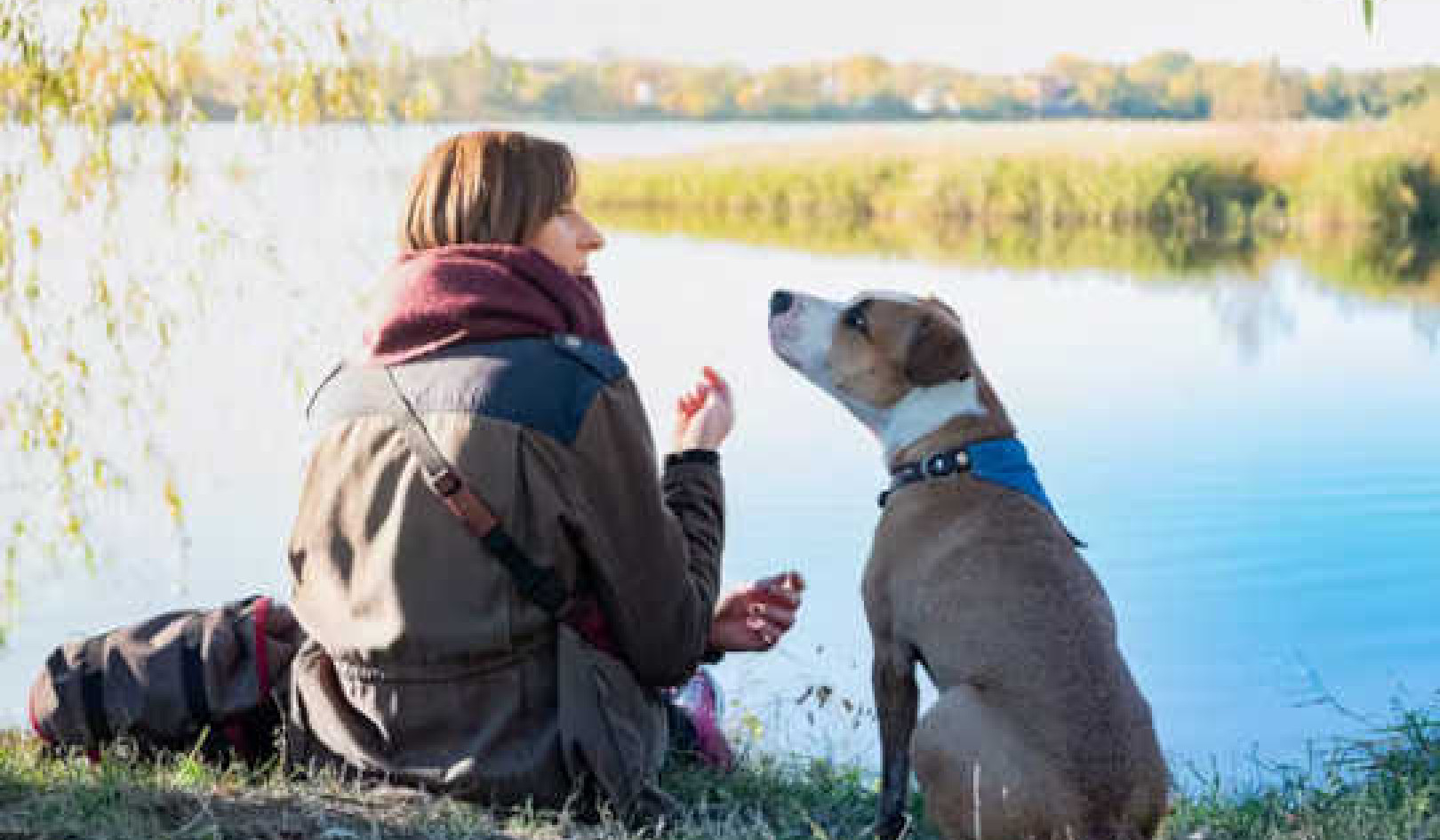
Herb baths were popular around the 3rd century B.C. Bathhouses, both private and public, were used in ancient Greece and Rome. Baths were enjoyed both for their healing and beautifying properties. There are different types of baths such as mineral, oil, steam, massage, or friction baths.
Bathing with herbs is something that should be done when you have plenty of time and are not hurried. You should make the environment especially to your liking: play music you like, take out scented candles, get a rolled towel to rest your head on when you lean back in the tub...
Preparing the Bath
First, do not go get herbs and throw them in the bath; you must prepare the herbs. First get some cheesecloth and wrap dried herbs in it. Then hang the package under the spout while the water is running. When you've filled the tub, take the bundle and place it in the water and let it steep for a while. Then remove it from the water, squeeze the moisture out and get in. Hint: To soften water and skin, add some oatmeal to the herbs. To make a stronger herb potion, pour boiling water on 1/2 cup of dried herbs, steep for 20 minutes, strain and add to the bath.
To get the most from your bath, the temperature should be equal to your internal body temperature (around 96-98 degrees). Higher temperatures will make you sleepy, while a bath at around 92 degrees is relaxing and refreshing. If you need an energizing bath, the temperature should be around 70-85 degrees.
Bath Oils
To scent and soften your skin, simply use three parts of a vegetable or nut oil to one part herbal oil. It is best that you bathe first to remove dirt, then soak your body for about 10 minutes then add the oil. DO NOT stay in this solution for more than 20 minutes or the bath will dry your skin.
Recommended book:
The Tao of Beauty: Chinese Herbal Secrets to Feeling Good and Looking Great"
by Helen Lee
Info/order this book

























